Frequently Asked Questions about DMCA
The “DMCA” refers to the Digital Millennium Copyright Act. The DMCA is a law passed in 1998 that protects content creators online. The DMCA protects original works like writings, artwork, videos, photographs and music.
While it can help to have a registered copyright, the DMCA takedown process does not require you to have a registered copyright. If you’re an artist, photographer, musician or writer the DMCA is an important tool to protect your work from unauthorized use.
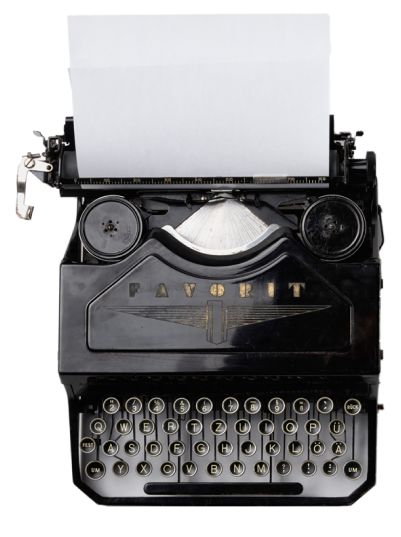
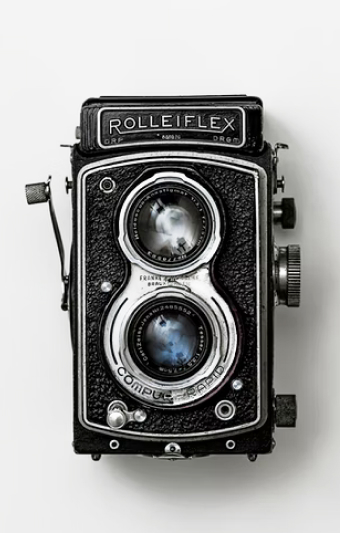
The DMCA provides a framework where you, as the owner of your creations, can protect your work from unauthorized use and distribution on the internet. Under the DMCA, persons who are infringing your intellectual property rights can be held liable.
Before the DMCA, there was no uniform way for copyright owners to get unauthorized content removed from the internet. The DMCA gives content owners a clear method to protect their rights by notifying internet service providers (ISPs) that their work is being infringed upon.

Online piracy statistics at a glance:
If a website is using your work without permission, you can send what is known as a DMCA takedown notice. A takedown notice is sent to a web service provider and informs them that someone is using your work without authorization.
Under the DMCA, web service providers are required to act on your notice if you have a valid request. There are some major benefits for content owners with the takedown notice system.
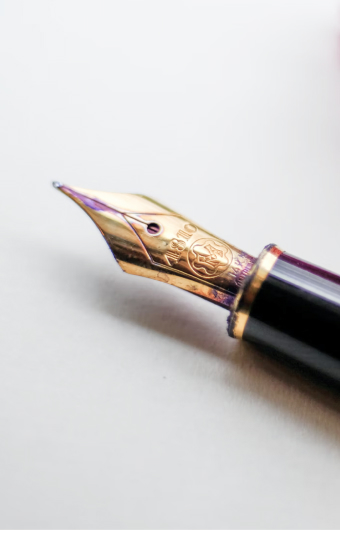

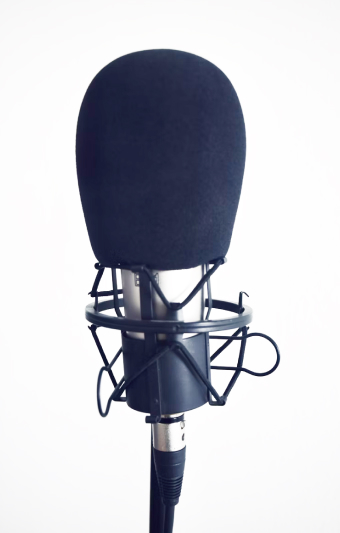
For starters, the DMCA takedown process means that you don’t have to deal directly with the person that stole your content. That eliminates the hassle and burden of locating the offender and then dealing with them personally. In addition, filing a takedown notice is a lot simpler and cheaper than filing a lawsuit against the infringing party.
The DMCA takedown process essentially gives content owners a more convenient and cost-effective resolution process for protecting their work than traditional lawsuits. With a DMCA takedown notice, content owners can get relatively quick action taken to remove the offending work.

Average piracy or copyright infringement lawsuit vs. an average DMCA.org takedown request:
$,$$$ to $$,$$$
in a minimum billables and retainers
25-90%
less than a lawsuit
months to years
lawsuit timeline
days to a week
DMCA.org takedown timeline
Entities like ISPs, search engines (Google, Bing, etc.), web hosts, chat rooms, news providers and email services (Outlook, Yahoo, etc.) must comply with the DMCA. If you send them a DMCA takedown notice, they are shielded from liability for hosting the content if they comply with your request.
Larger companies will typically have a team that specifically deals with DMCA notices. The DMCA agents will evaluate whether the takedown notice is in the proper form and has merit and then take action accordingly. Simply put, if a web service provider receives a valid takedown notice, they must take action to remove the infringing content to avoid liability.
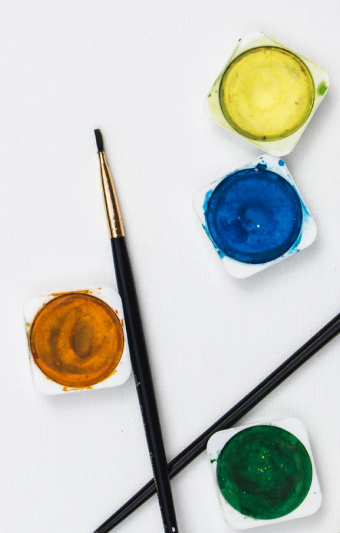

…if a web service provider receives a valid takedown notice, they must take action to remove the infringing content to avoid liability.
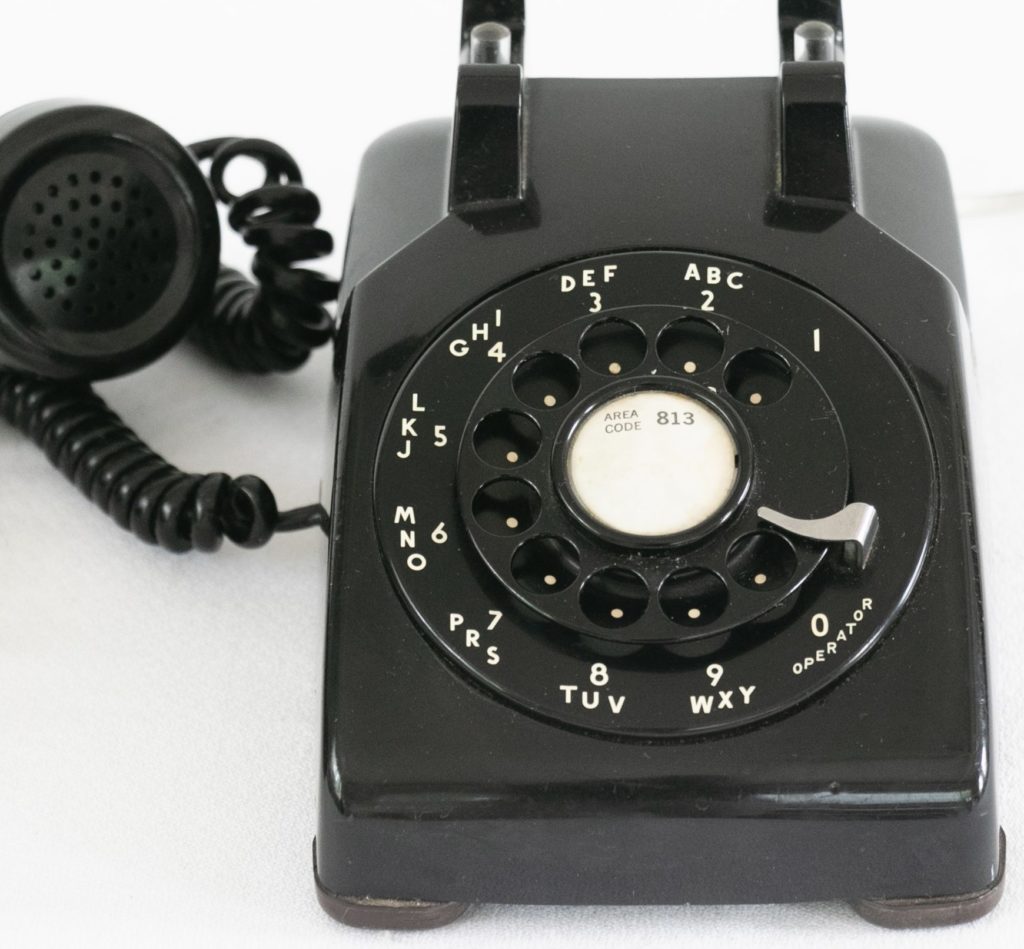
A DMCA notice has to contain certain basic information. The notice must come from the owner of the copyright or an authorized representative. The notice should contain information about the work you created and the location (web URL) of the offending material.
The takedown notice must have a statement of good faith saying you have good reason to believe that your copyright was infringed. The service provider can reject your takedown notice if they have reason to believe you are not authorized to submit the notice or if there is no violation of your rights occurring.

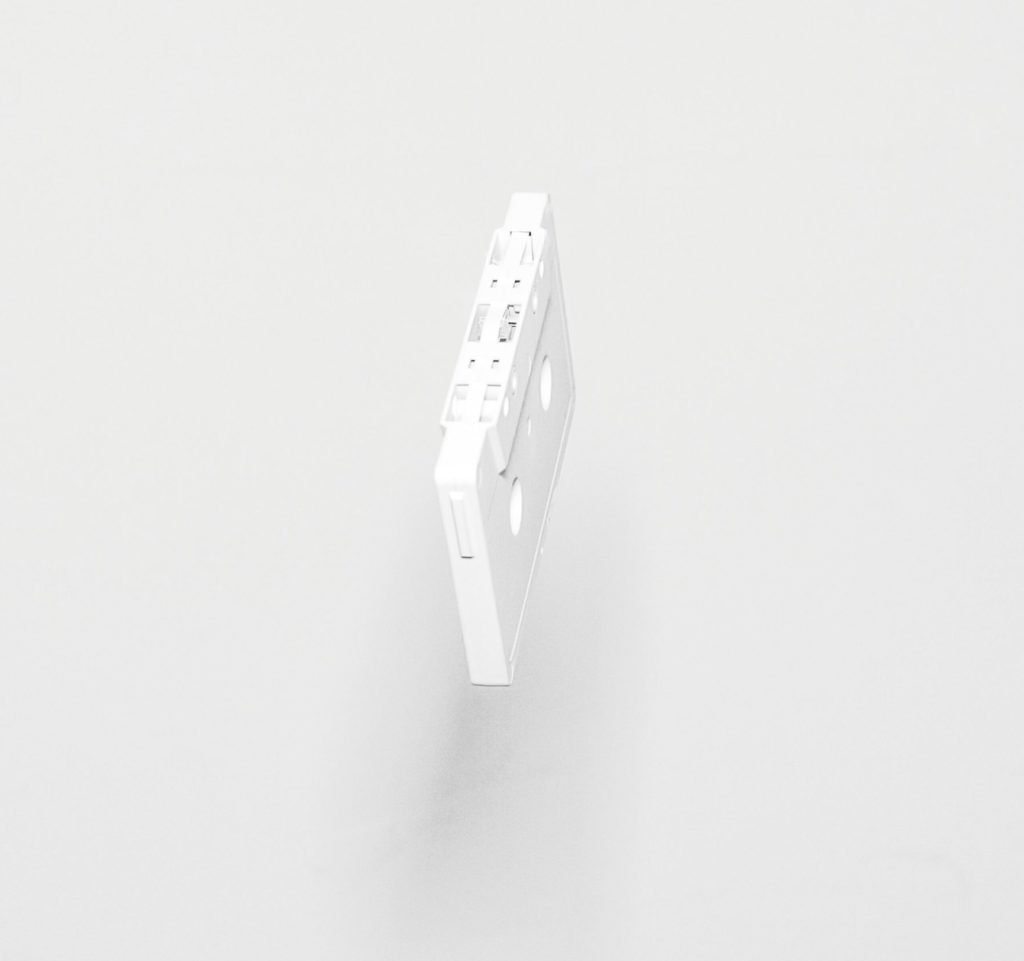

The DMCA provides fairly broad protections for content creators. Writers, artists, musicians, photographers, graphic designers and other creators of original works can benefit from the DMCA’s protections.
In order to be protected, the work must be in digital format. This can encompass many different types of digital files, including:
Text
TXT, RTF, GDOC, DOC, DOCx, PDF, PPT, PAGES, etc.
Images and Pictures
BMP, EPS, SVG, JPG, JPEG, GIF, PNG, PSD, RAW, TIFF, etc.
Video
MPG, AVI, RM, MOV, Windows Media Player , Quicktime
Music & Audio
AIF, MP3, MP4, MID, WAV, etc.
The DMCA “safe harbors” refers to provisions in the law that protect ISPs from copyright infringement liability. Under the DMCA, web providers engaged in these four activities are protected if they comply with the DMCA takedown process:

Transitory Communication Providers.
These are entities that only transmit or route information through a system. For example, ISPs that do not have the ability to modify or edit the content in any way since they are just facilitating the transmission of data.

Content Storage Providers.
These entities are not liable if they do not have knowledge of copyrighted material being stored on their servers and they also do not have the ability to edit it. An example of one is managed cloud storage where the provider is largely unaware what files the user uploads to its service.

System Caching Providers.
Also known as CSP, Caching Service Providers, these entities offer temporary storage, or caching, of unmodified content on their servers that expedites data transfers across Internet infrastructure.

Information Location Services.
This category encompasses services like search engines as long as they can’t control the content and do not receive any financial benefit from display of the content.
Another way to think about the safe harbor provisions is that entities with these characteristics are generally protected:
User Uploaded.
The website’s users select and upload the content themselves.
Unedited.
The content is then passed on to other users without modification (for example, think about YouTube, Instagram, Pinterest, Tik Tok or Twitter).
Automated.
The process of content uploading/distributing is completely automatic, and the platform does not interfere.
This means that media platforms like YouTube and Tik Tok can’t be sued for copyright infringement since they are protected by the safe harbor if they process takedown notices and protect the intellectual property rights of their users. ISPs maintain their immunity from copyright infringement by complying with DMCA rules and removing infringing material from their sites.
An issue that content creators have when it comes to their work is monitoring unauthorized use. The internet is a vast place where a mind-boggling amount of data is uploaded every second. There are a few ways to routinely check to see if your work is being copied without permission:

If you are a visual artist or photographer, you can search for your images online using Google Reverse Image Search.

If you’re a writer, you can use a service like CopyScape to search for plagiarism of your work online.

If you’re using WordPress to manage your website, you can use plugins such as WP Content Copy Protection to protect your content.